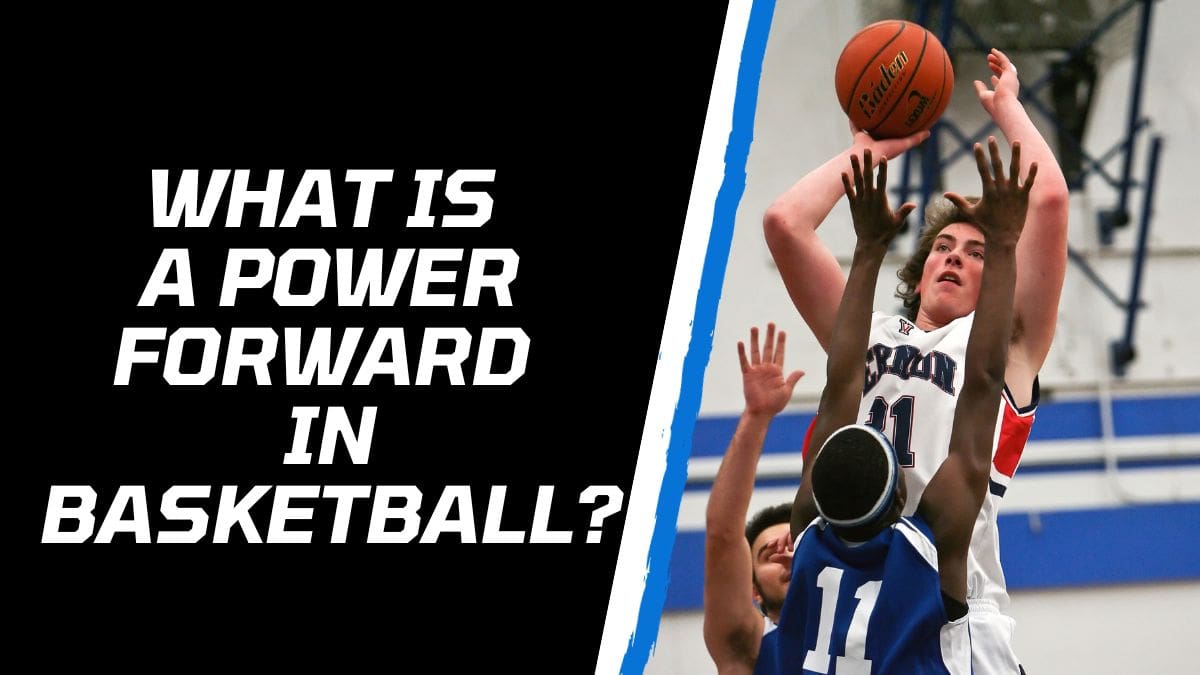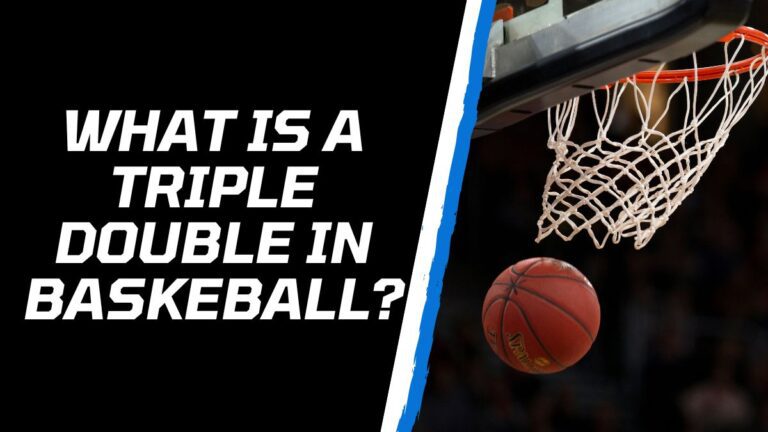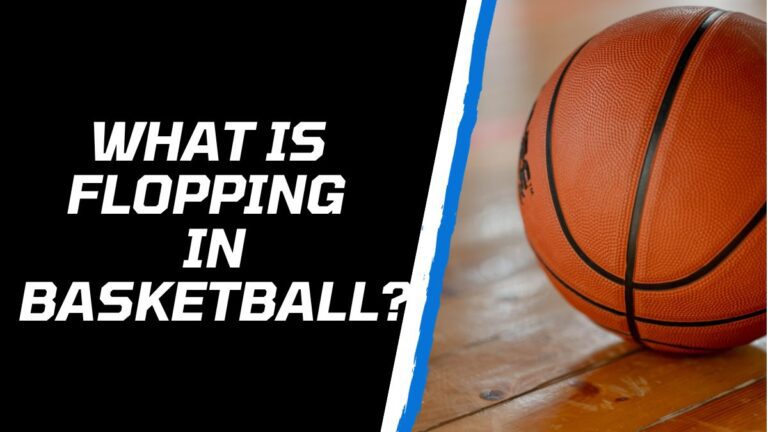What is a Power Forward in Basketball? All You Need to Know
As a basketball fan, you may have constantly heard about the term ‘power forward’. However, many people do not exactly understand what power forwards are and what it takes to become a power forward in basketball.
Hence, in this article, we will dive into ‘What is a power forward in basketball’ and we’ll also discuss everything you need to know about this particular position.
What is a power forward in basketball?
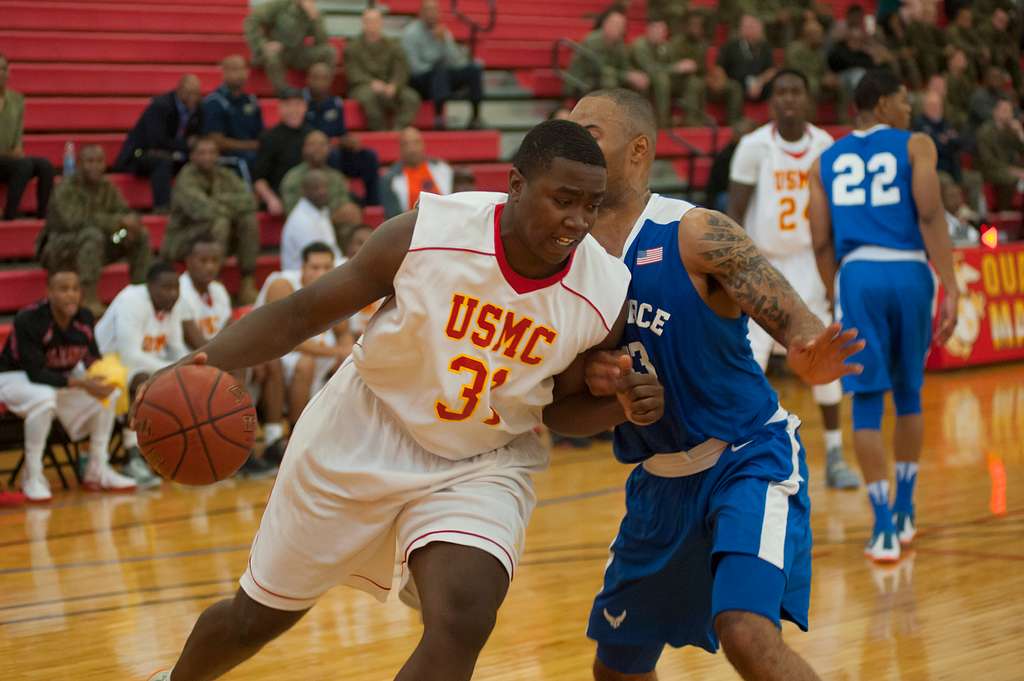
In basketball, a power forward, often abbreviated as “PF,” is a player position typically responsible for a combination of scoring, rebounding, and defending. Power forwards are known for their physicality and versatility on the court.
They often play close to the basket, both on offense and defense, and are expected to grab rebounds, score in the low post, set screens, and provide interior defense. While they may not be the primary ball handlers or scorers on the team, power forwards play a crucial role in the overall success of the squad by bringing strength and athleticism to the frontcourt.
Different Types of Power Forwards
There are two main types of power forwards: traditional power forwards and stretch power forwards.
- Traditional power forwards: Traditional power forwards are focused on rebounding and scoring in the paint. They are typically strong and physical players who can post up their defenders.
- Stretch power forwards: Stretch power forwards are known for their ability to shoot the three-pointer. They are typically taller and more athletic than traditional power forwards.
The Roles and Responsibilities of a Power Forward

The power forward is one of the five positions in basketball. They are typically taller and stronger than small forwards, but not as tall or strong as centers. Power forwards play a variety of roles on the court, including:
- Rebounding: Power forwards are often the tallest players on the court, which gives them an advantage in rebounding. They are responsible for getting rebounds on both ends of the court, which helps their team control the tempo of the game.
- Scoring: Power forwards can score in a variety of ways. They can score in the paint by posting up their defender, or they can shoot from the midrange or three-point range. Some power forwards are also good at passing and creating scoring opportunities for their teammates.
- Defending: Power forwards are responsible for defending the opposing team’s power forward or center. They need to be able to defend against players who are bigger and stronger than them. They also need to be able to switch to smaller players on the perimeter.
- Passing: Power forwards are not always the primary ball-handlers, but they need to be able to pass the ball effectively. They need to be able to make simple passes to their teammates in order to set up scoring opportunities.
- Screen setting: Power forwards are often used to set screens for their teammates. This helps their teammates get open shots.
In addition to these traditional roles, power forwards are also increasingly being asked to do more on the offensive end. Many power forwards are now capable of shooting three-pointers, which makes them more versatile and difficult to defend. They are also being asked to be more involved in the passing game, as they can create scoring opportunities for their teammates.
The role of the power forward has evolved over time to become more versatile. Today, many power forwards are capable of shooting from the perimeter, passing, and defending multiple positions. This makes them valuable assets to any team.
The physical and skill requirements of a power forward
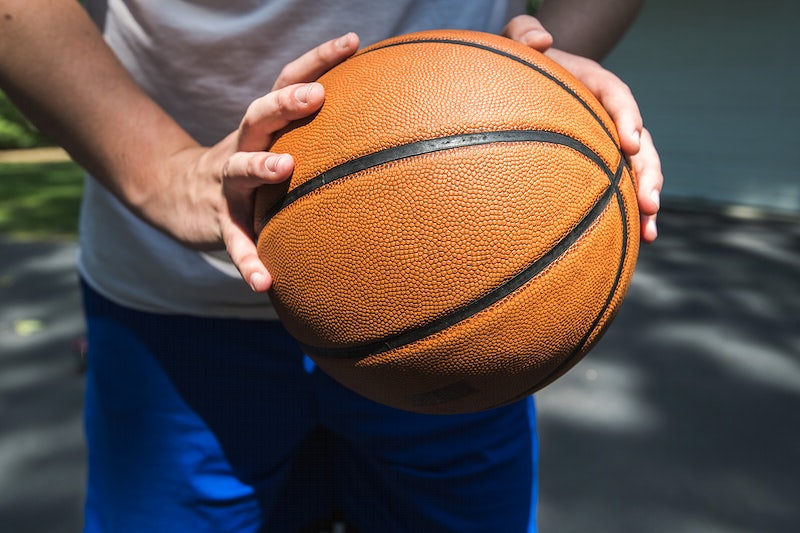
The physical requirements for a power forward include:
- Height: Power forwards are typically 6’8″ or taller.
- Strength: Power forwards need to be strong enough to defend against bigger players and score in the paint.
- Speed: Power forwards need to be able to move around the court quickly.
- Jumping ability: Power forwards need to be able to jump high to rebound and score.
The skill requirements for a power forward include:
- Shooting: Power forwards need to be able to shoot the ball from a variety of distances.
- Passing: Power forwards need to be able to pass the ball effectively.
- Rebounding: Power forwards need to be able to rebound the ball on both ends of the court.
- Defense: Power forwards need to be able to defend against players who are bigger and stronger than them.
Greatest Power Forwards of All Time
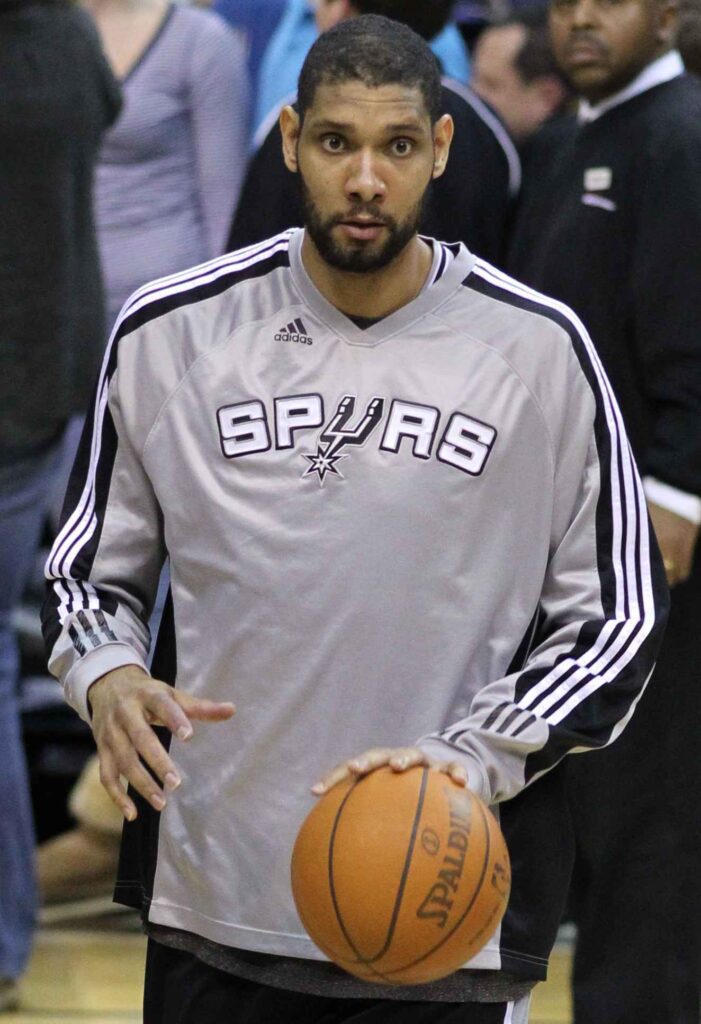
The greatest power forwards of all time are a matter of opinion, but some of the most commonly mentioned players include:
- Tim Duncan
- Karl Malone
- Kevin Garnett
- Dirk Nowitzki
- Giannis Antetokounmpo
- Charles Barkley
- Bob Pettit
- Elvin Hayes
- Kevin McHale
- Dennis Rodman
Other notable power forwards include Anthony Davis, Blake Griffin, and Pau Gasol. The rankings vary slightly depending on the source, but Tim Duncan is consistently regarded as the greatest power forward of all time.
Final Thoughts
In conclusion, the power forward is one of the most important positions in basketball. They are responsible for rebounding, scoring, defending, passing, and screen setting. The best power forwards are versatile players who can do all of these things well. They are also typically strong, athletic, and have a good understanding of the game.
The power forward position has evolved over time to become more versatile. Today, many power forwards are capable of shooting from the perimeter, passing, and defending multiple positions. This makes them valuable assets to any team.
If you are interested in playing the power forward position, you should focus on developing your strength, speed, agility, and basketball IQ. You should also work on your shooting, rebounding, and defending skills. With hard work and dedication, anyone can become a successful power forward.

